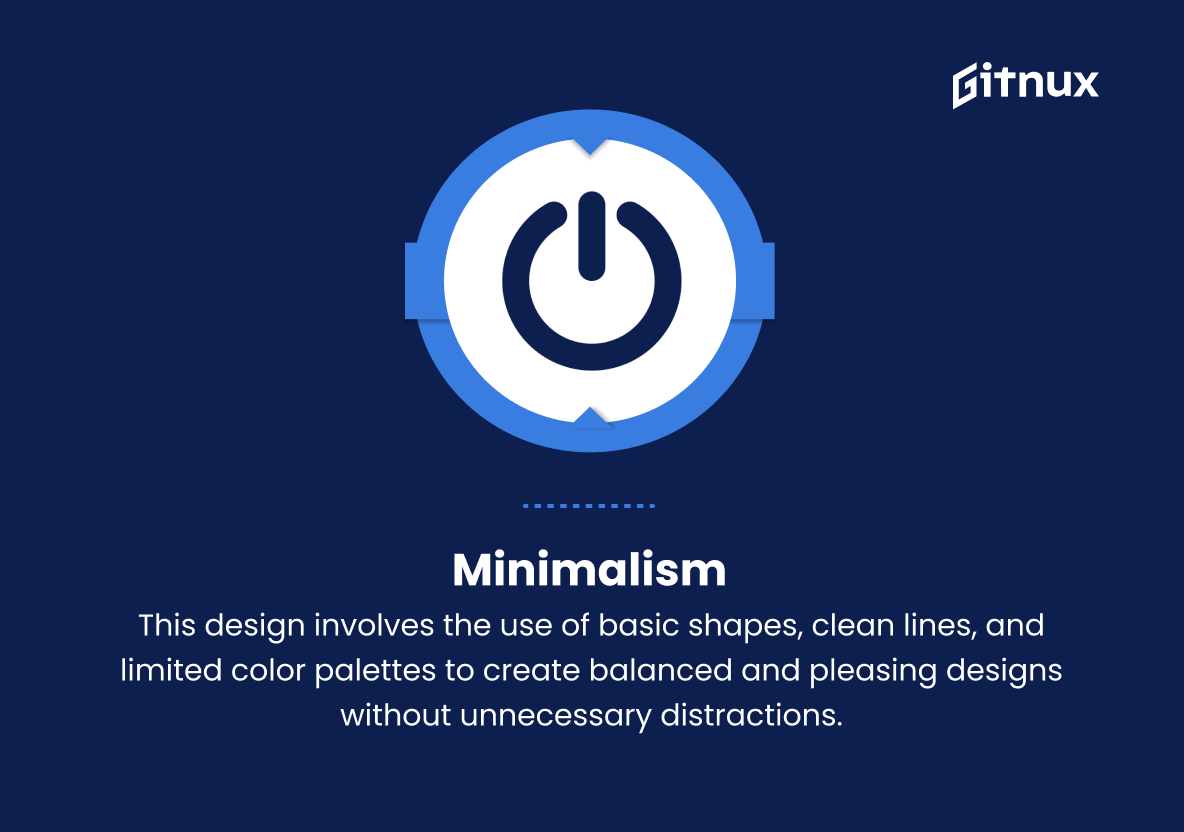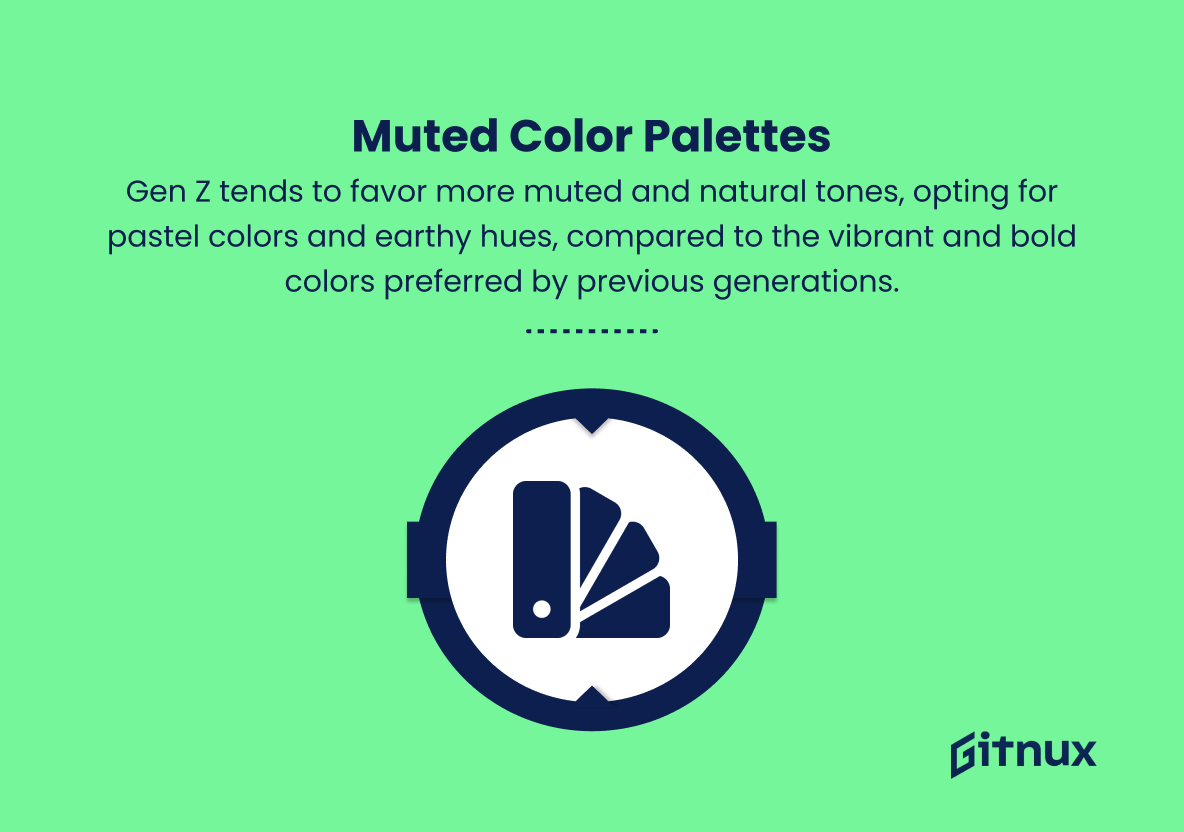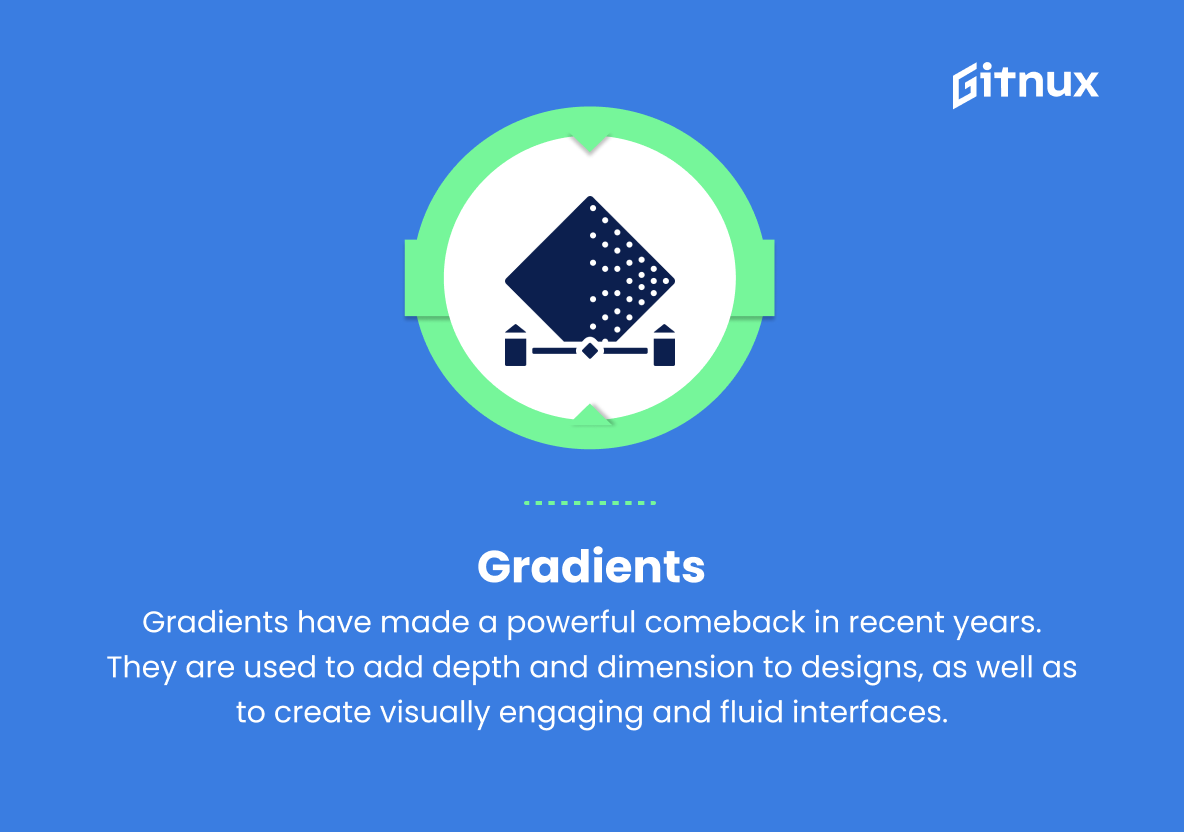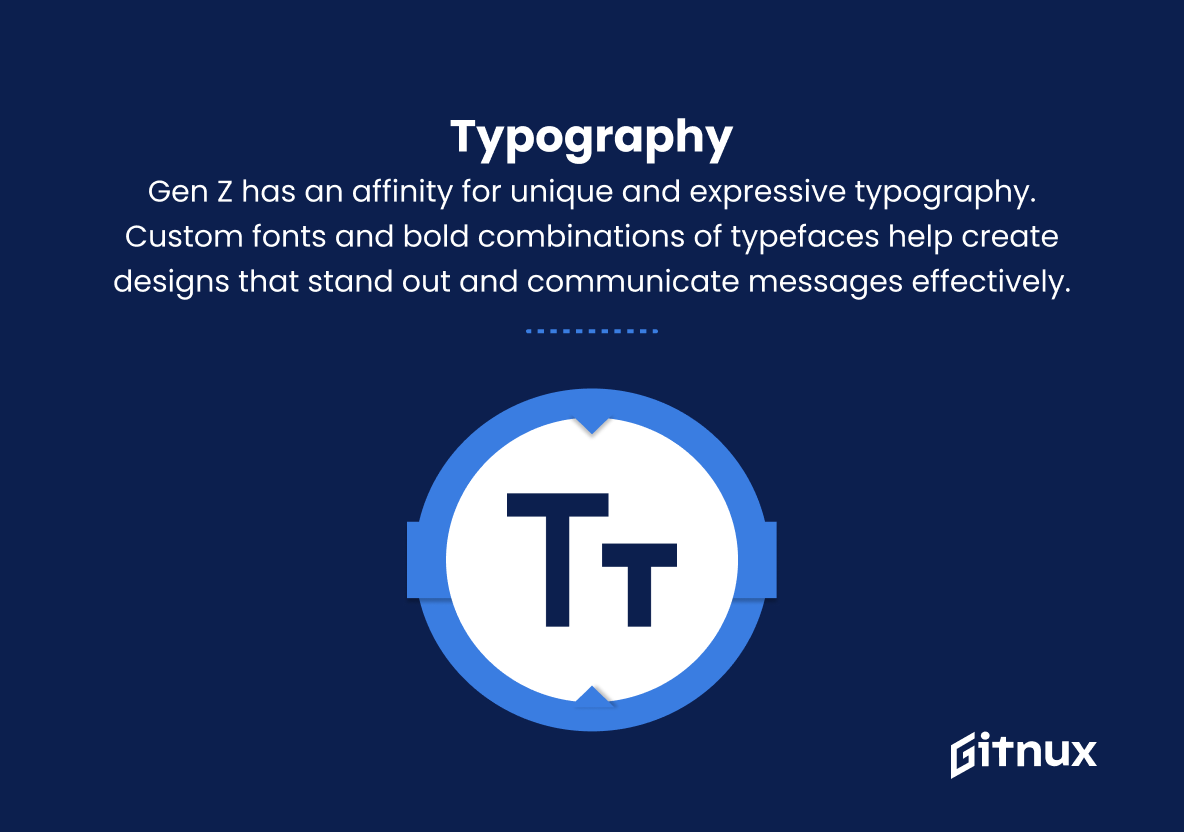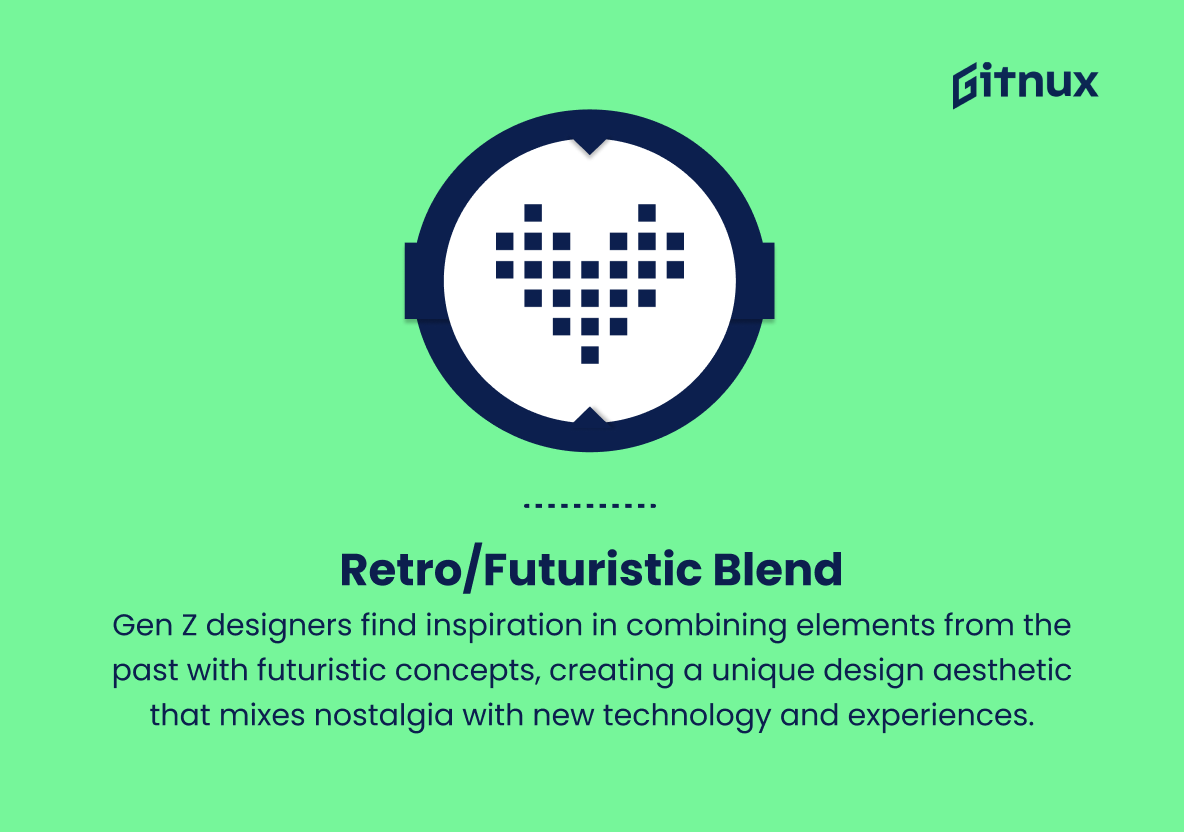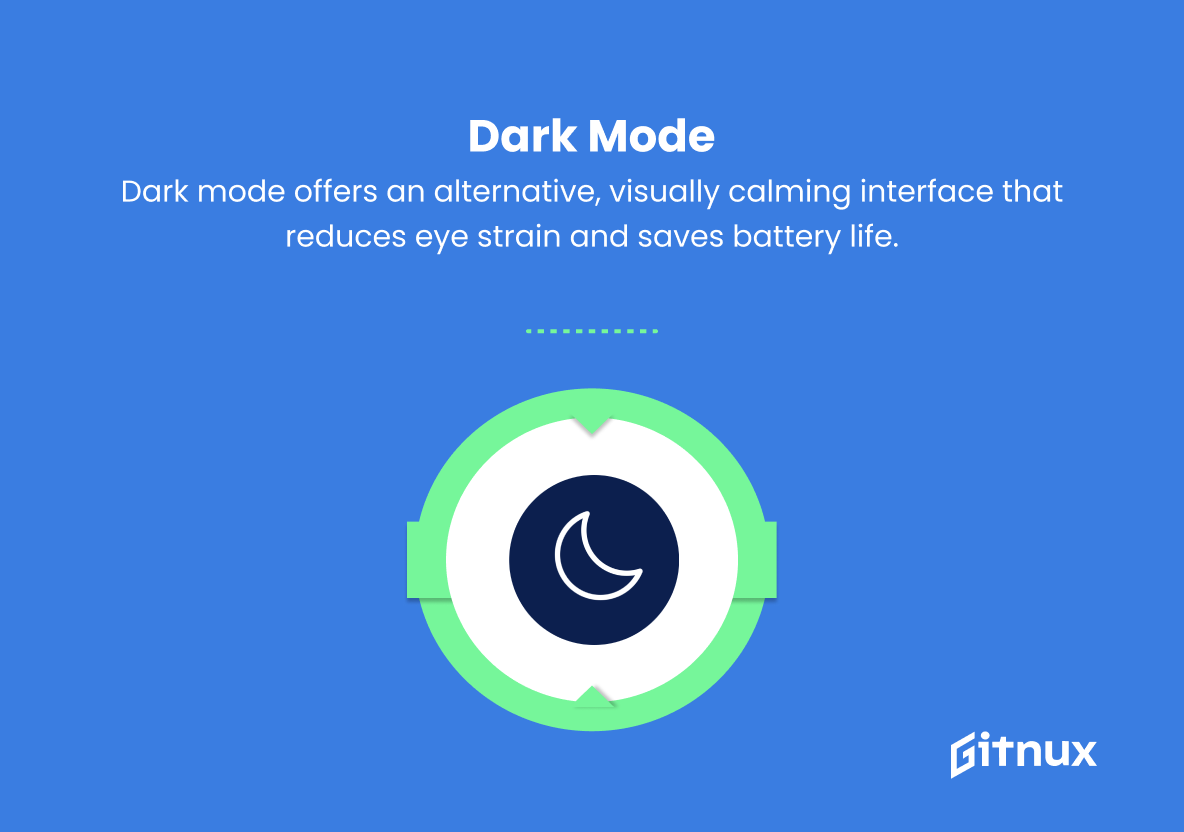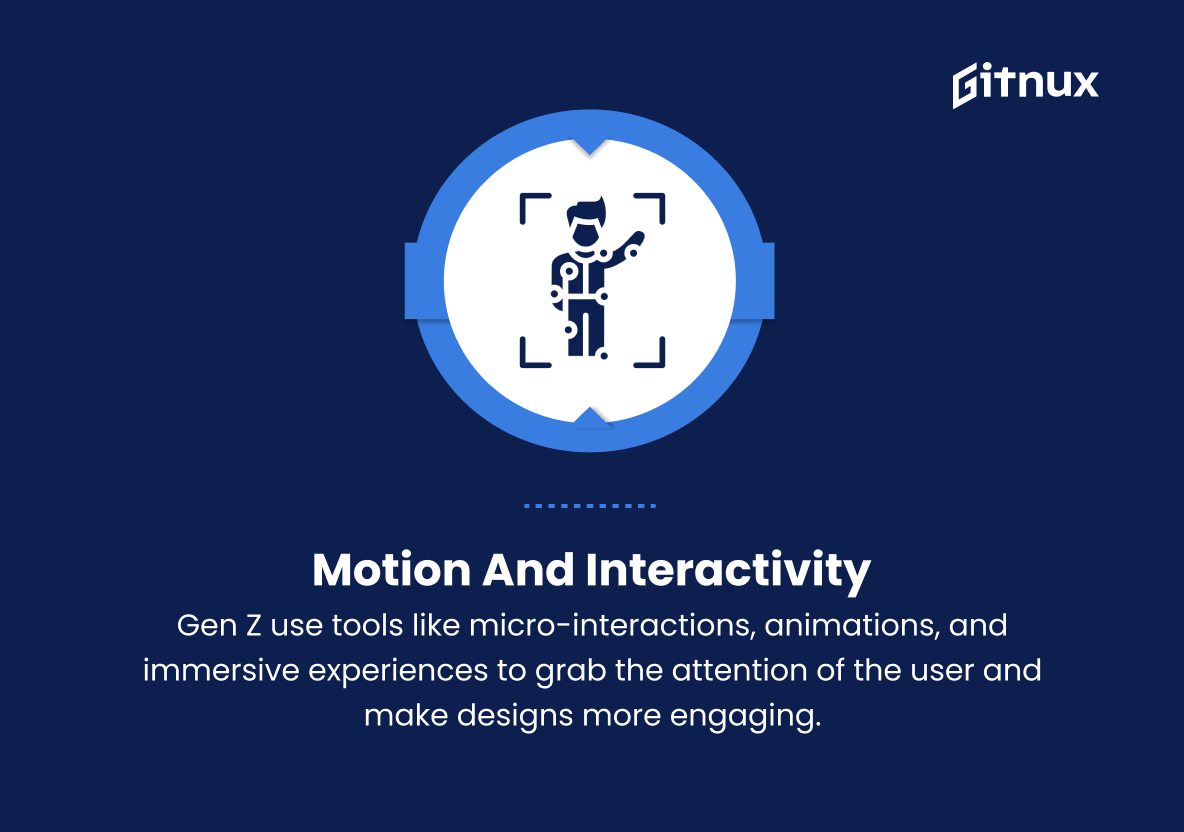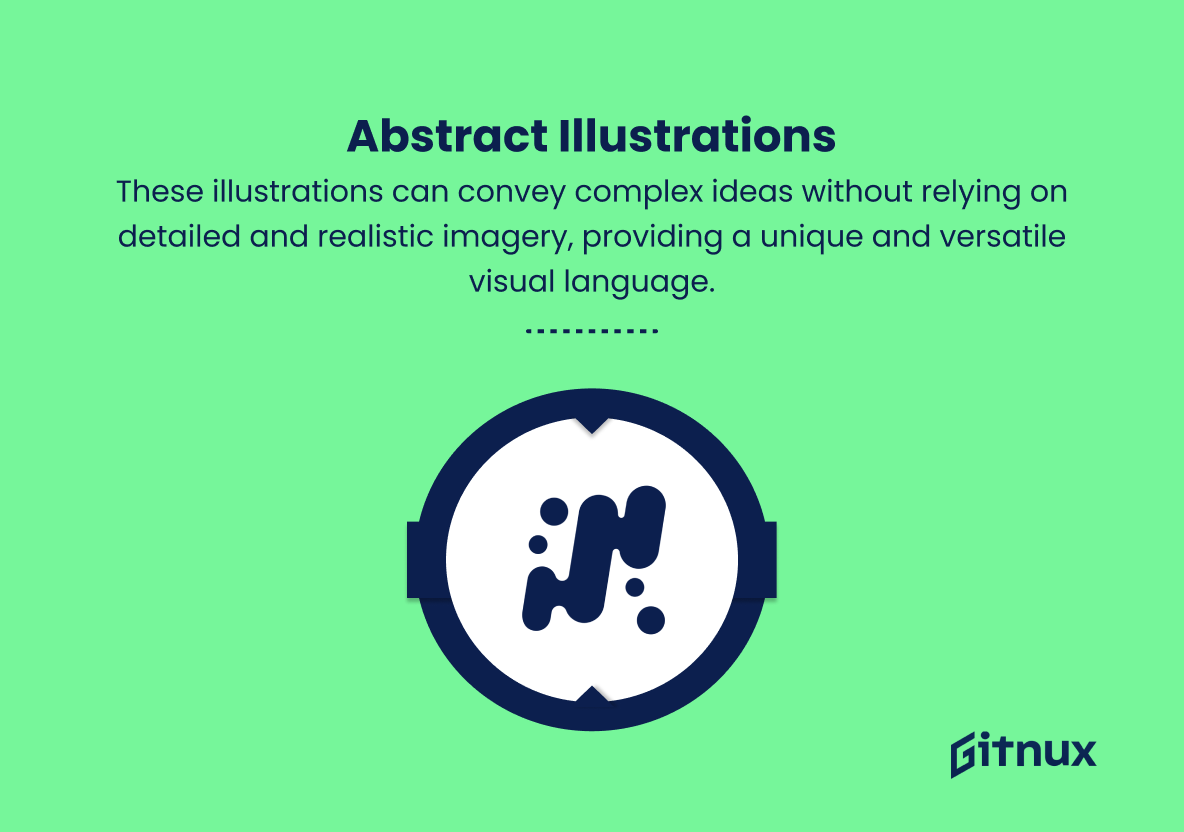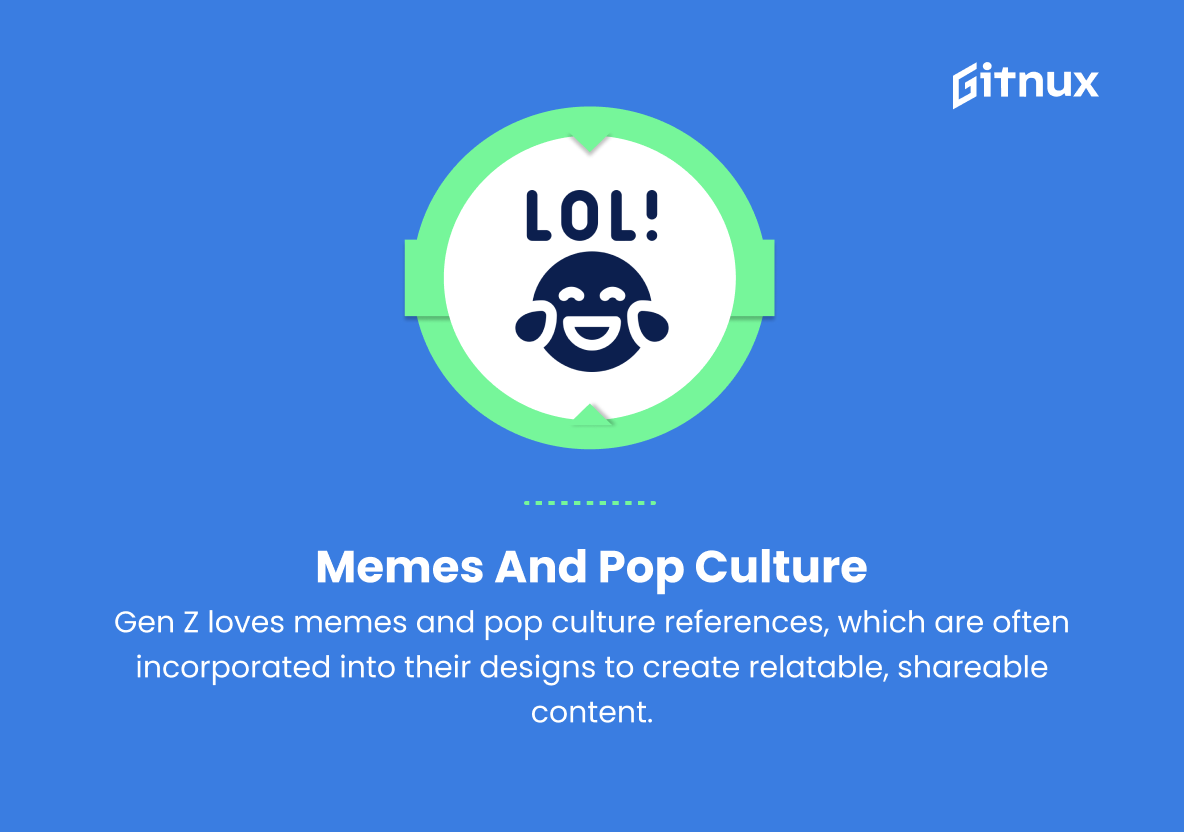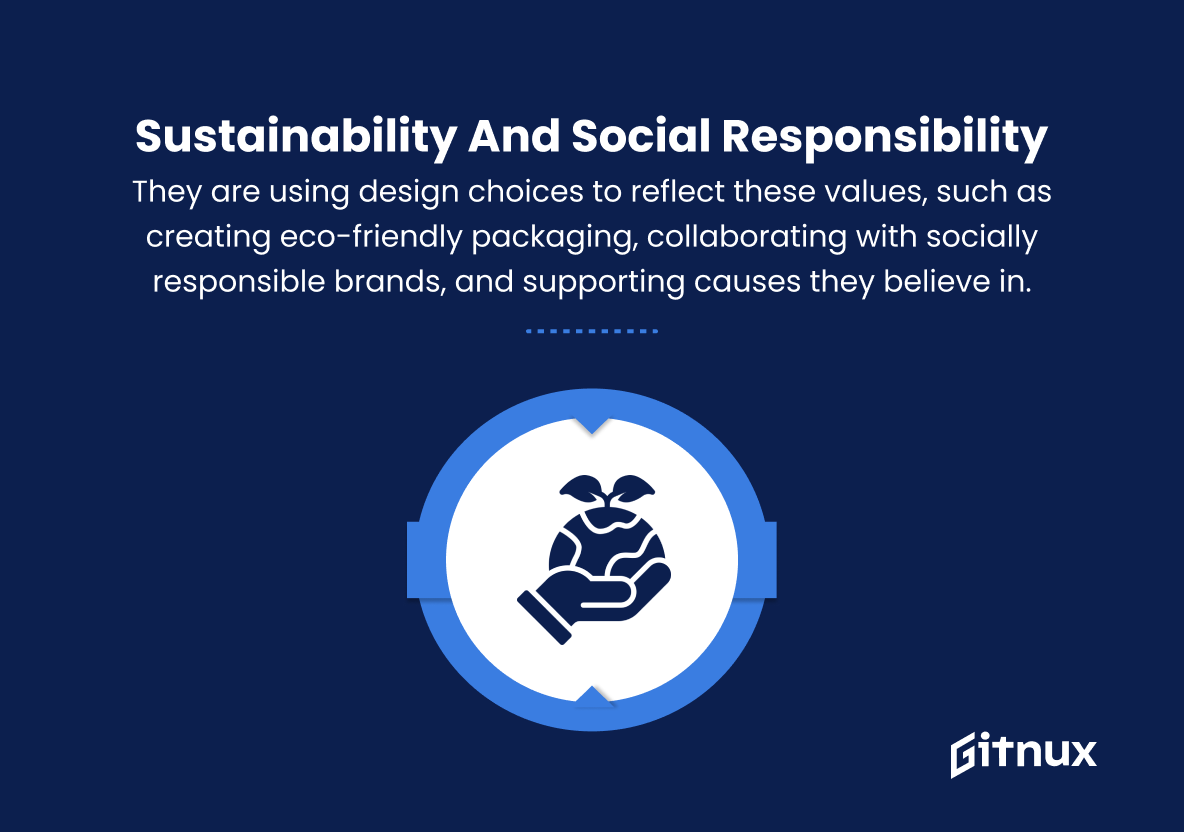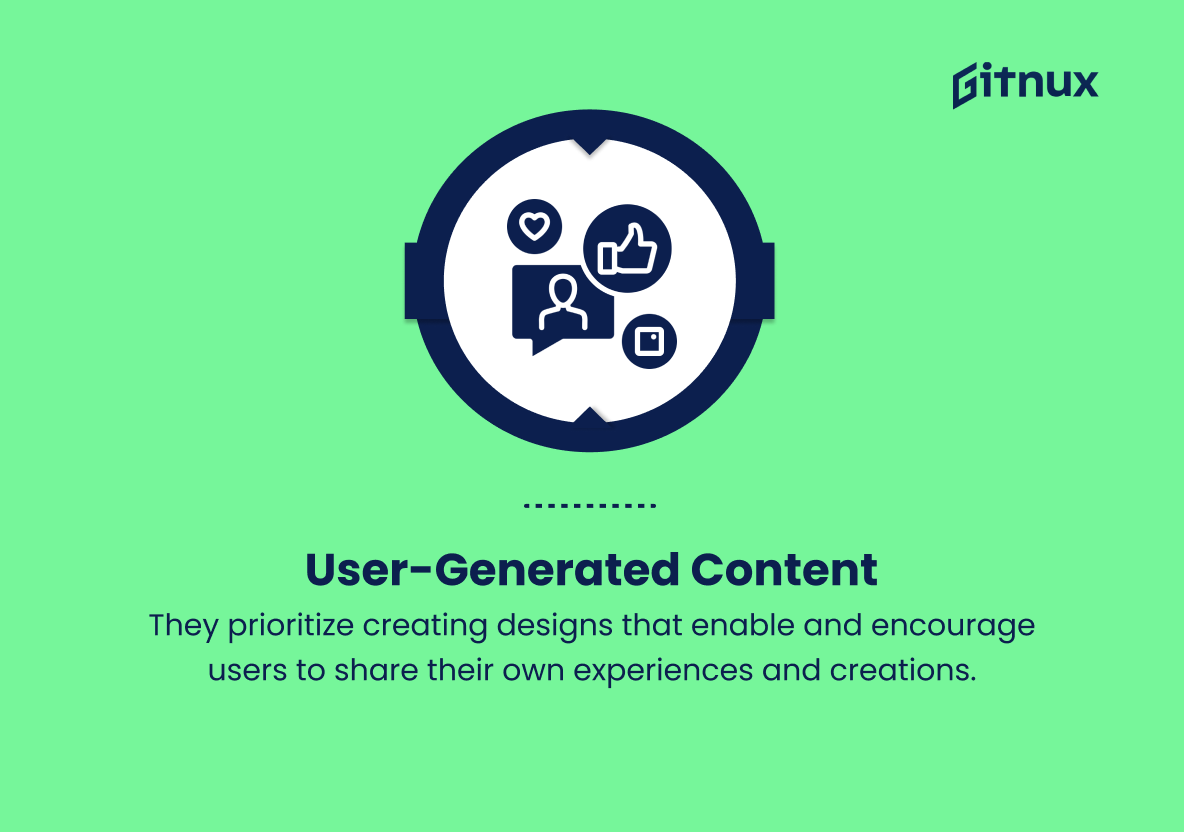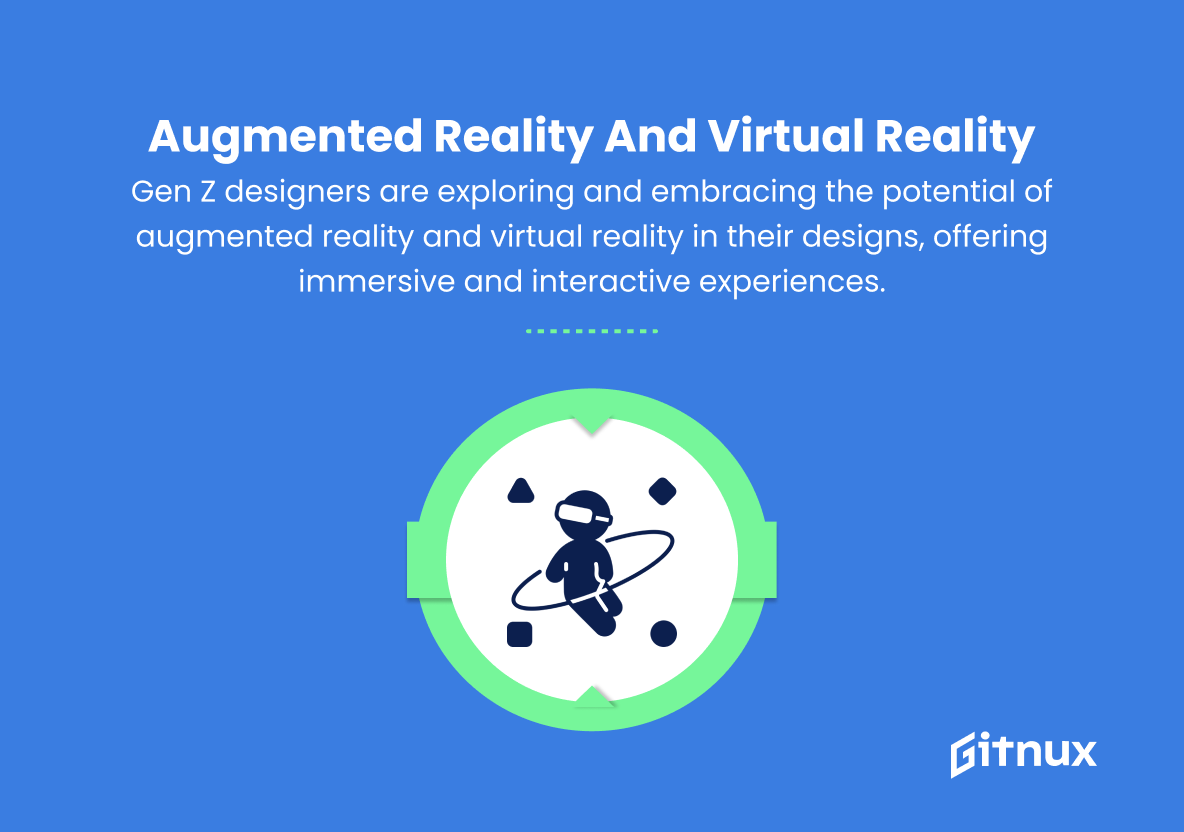As we dive deeper into the 21st century, design trends are evolving at a breakneck pace. With each passing year, we witness new aesthetics and innovations shaping the world of design, be it in architecture, fashion, technology, or multimedia. One notable demographic that has been making a massive impact on contemporary design is Generation Z. Born between the mid-1990s and early 2010s, Gen Z has burst onto the scene with its unique approach, irreverent outlook, and stunning creativity.
In this thought-provoking blog post, we will delve into the key design trends spawned by this game-changing generation, exploring the factors that have shaped their vision, and unveiling the ways in which their ideas are driving the future of art and design in all its multifaceted forms.
Top Gen Z Design Trends
1. Minimalism
This design trend is all about simplicity, clarity, and functionality. It involves the use of basic shapes, clean lines, and limited color palettes to create balanced and pleasing designs without unnecessary distractions.
2. Muted color palettes
Gen Z tends to favor more muted and natural tones, opting for pastel colors and earthy hues, compared to the vibrant and bold colors preferred by previous generations.
3. Gradients
Gradients have made a powerful comeback in recent years. They are used to add depth and dimension to designs, as well as to create visually engaging and fluid interfaces.
4. Typography
Gen Z has an affinity for unique and expressive typography. Custom fonts and bold combinations of typefaces help create designs that stand out and communicate messages effectively.
5. Retro/futuristic blend
Gen Z designers find inspiration in combining elements from the past with futuristic concepts, creating a unique design aesthetic that mixes nostalgia with new technology and experiences.
6. Dark mode
As digital devices become increasingly integrated into daily life, the prevalence of dark mode design has grown. Dark mode offers an alternative, visually calming interface that reduces eye strain and saves battery life.
7. Motion and interactivity
Gen Z designers understand the power of motion and interactivity in digital spaces. Thus, they use tools like micro-interactions, animations, and immersive experiences to grab the attention of the user and make designs more engaging.
8. Abstract illustrations
The use of abstract and geometric illustrations is another trend that has emerged in recent years. These illustrations can convey complex ideas without relying on detailed and realistic imagery, providing a unique and versatile visual language.
9. Memes and pop culture
Gen Z loves memes and pop culture references, which are often incorporated into their designs to create relatable, shareable content.
10. Sustainability and social responsibility
Gen Z is highly concerned about the environment and social issues. They are using design choices to reflect these values, such as creating eco-friendly packaging, collaborating with socially responsible brands, and supporting causes they believe in.
11. User-generated content
Gen Z designers recognize the power of user-generated content in building community and engagement. They prioritize creating designs that enable and encourage users to share their own experiences and creations.
12. Augmented reality and virtual reality
With the advance of technology, the boundaries between the digital and physical worlds are becoming increasingly blurred. Gen Z designers are exploring and embracing the potential of augmented reality and virtual reality in their designs, offering immersive and interactive experiences.
Implications
Gen Z design trends reflect a shift in societal values and an eagerness to explore new technologies, as they blend minimalism, muted color palettes, gradients, and unique typography into their designs. By combining retro and futuristic elements, they create a nostalgic yet innovative aesthetic, while their preference for dark mode addresses concerns surrounding digital device usage. Motion, interactivity, and abstract illustrations are employed to capture users’ attention and convey complex ideas through simple visuals.
Gen Z is acutely aware of the power of memes and pop culture, utilizing them to craft relatable, accessible content. At the same time, they uphold the importance of sustainability and social responsibility, incorporating these principles into their designs to promote positive change. User-generated content is embraced to foster community and engagement, and the exploration of augmented and virtual reality signifies a desire to blur the lines between digital and physical spaces, pushing the boundaries of design and innovation.
Conclusion
In conclusion, the Gen Z design trends are not only shaping the aesthetic preferences of the digital era but are also paving the way for a more inclusive, authentic, and engaging visual language. As this new generation makes its mark on the world, the adaptability and forward-thinking approach of designers will be vital in connecting with and appealing to this influential demographic.
By embracing the core principles of simplicity, boldness, environmental consciousness, and social awareness, the Gen Z design trends have the potential to revolutionize the creative landscape and become timeless aspects of modern design. As we continue to navigate the rapidly evolving world of design, it is essential that we stay abreast of these trends and learn from the innovative minds of Gen Z, in order to create meaningful and impactful designs for generations to come.
